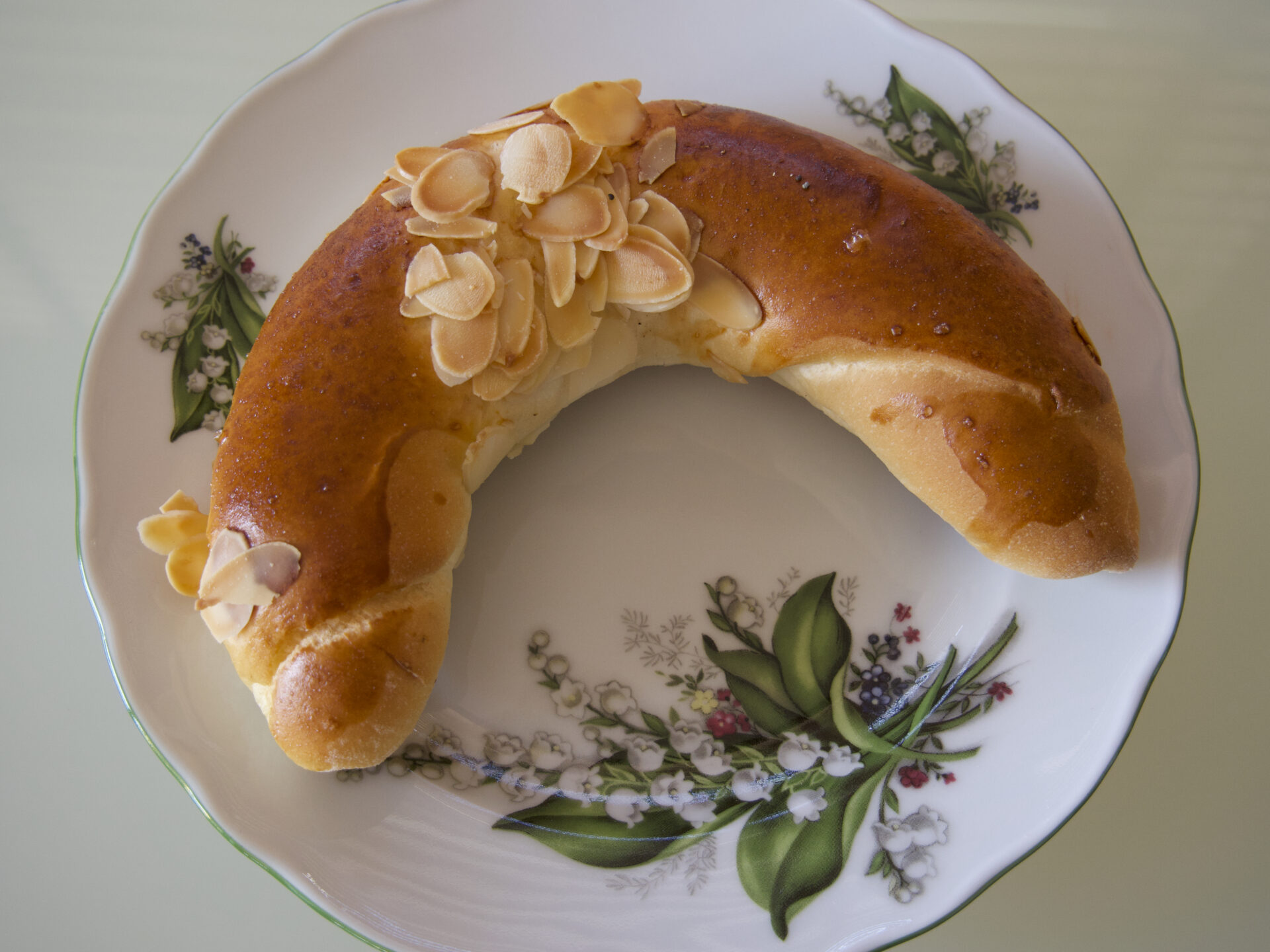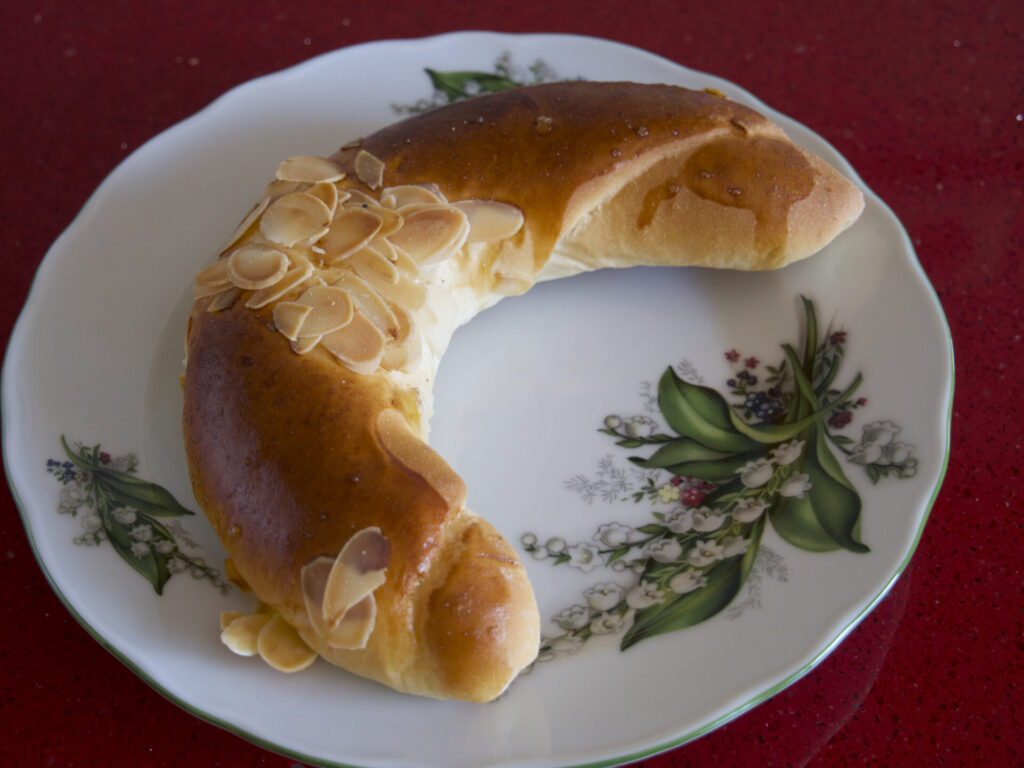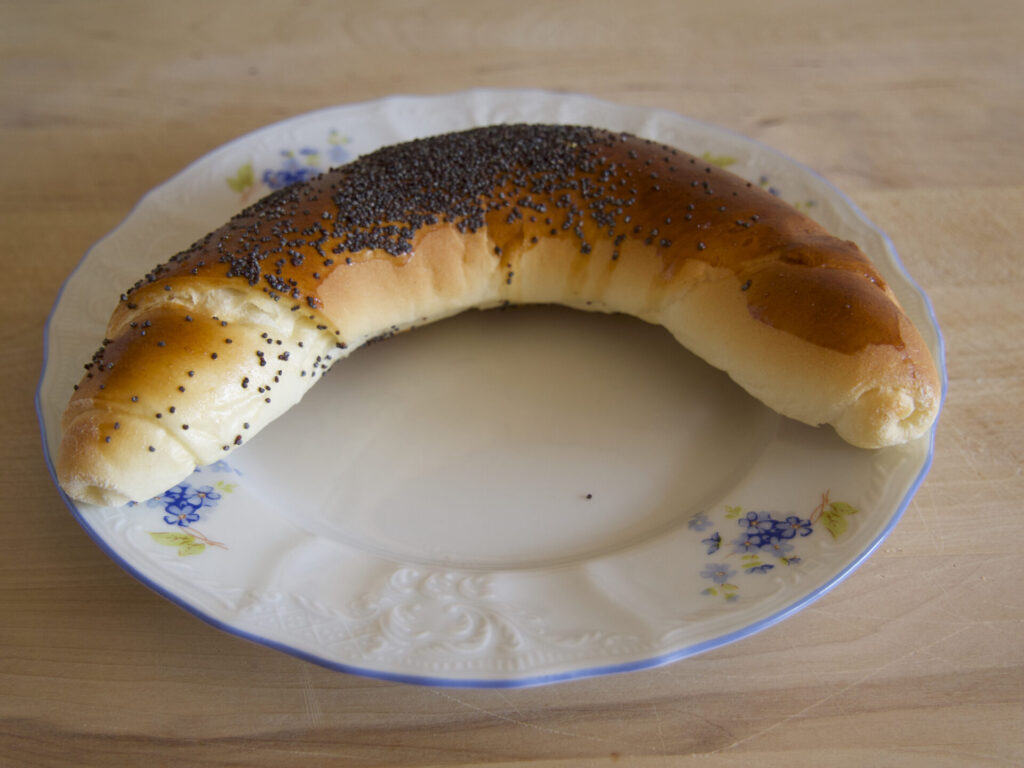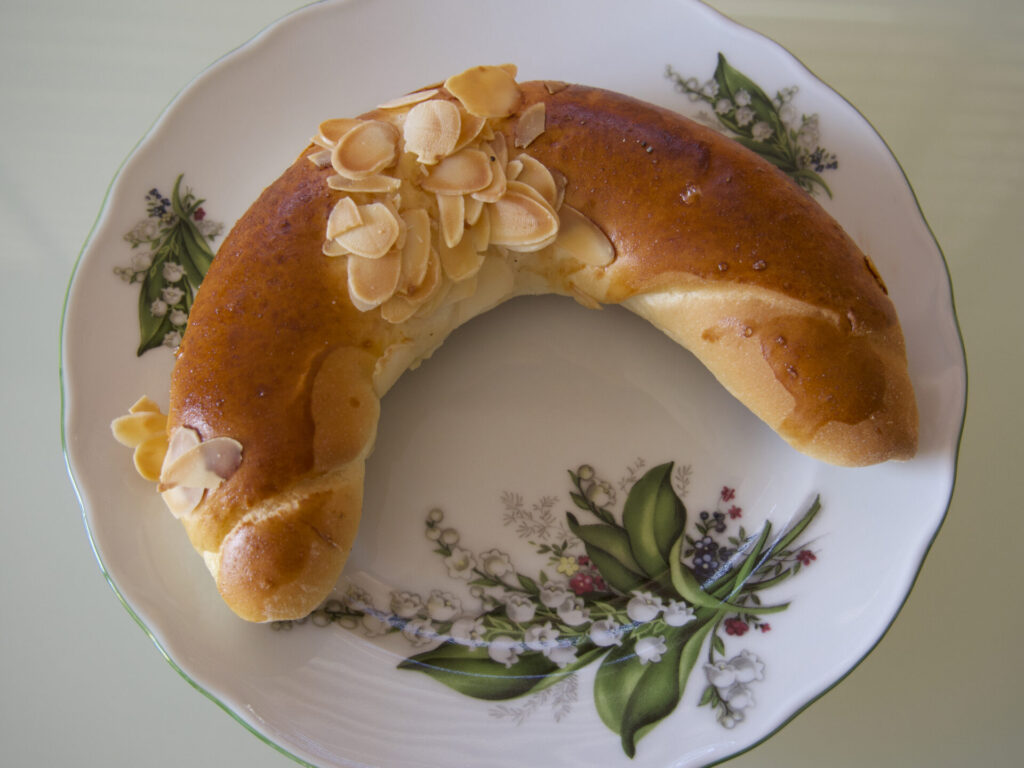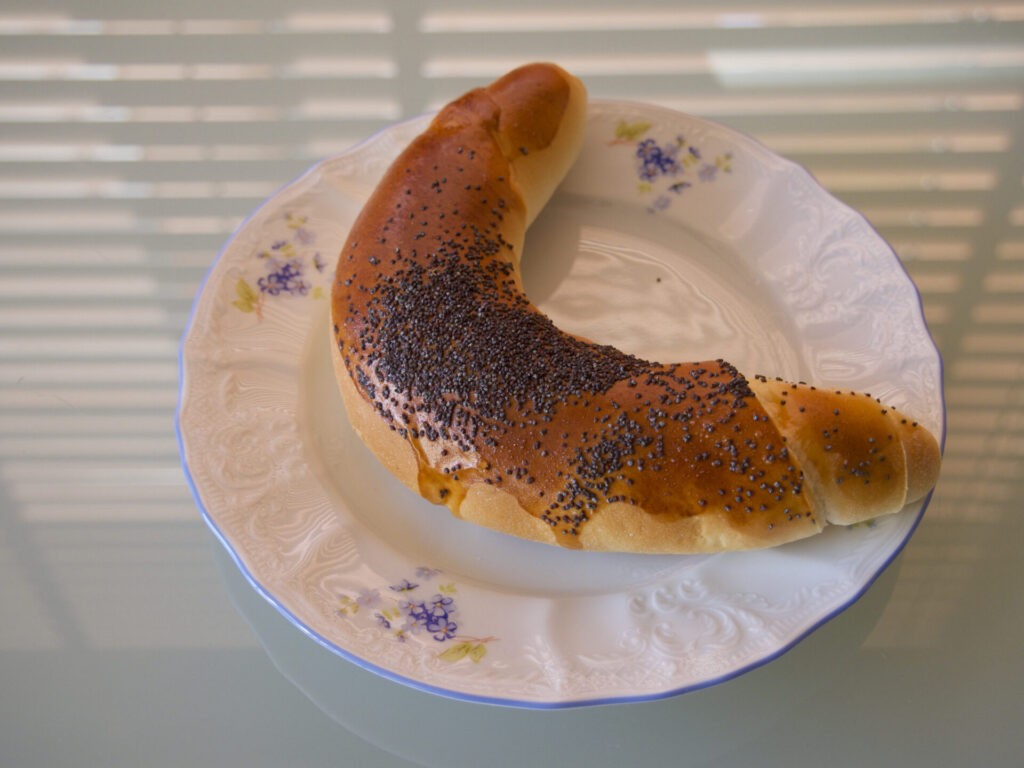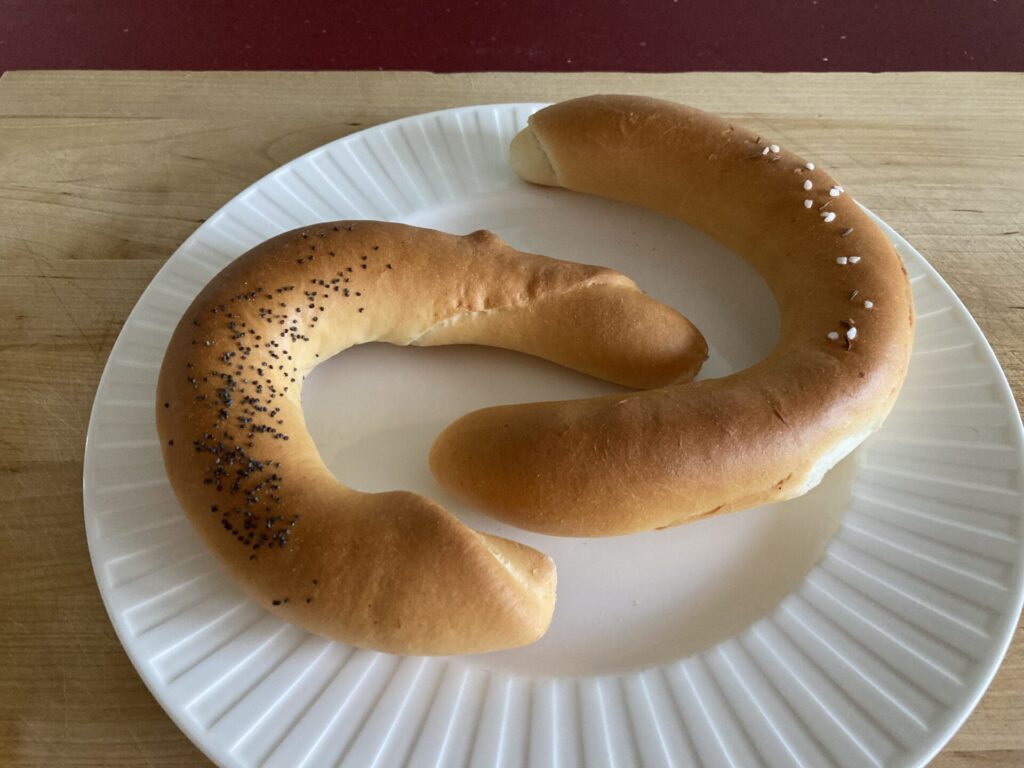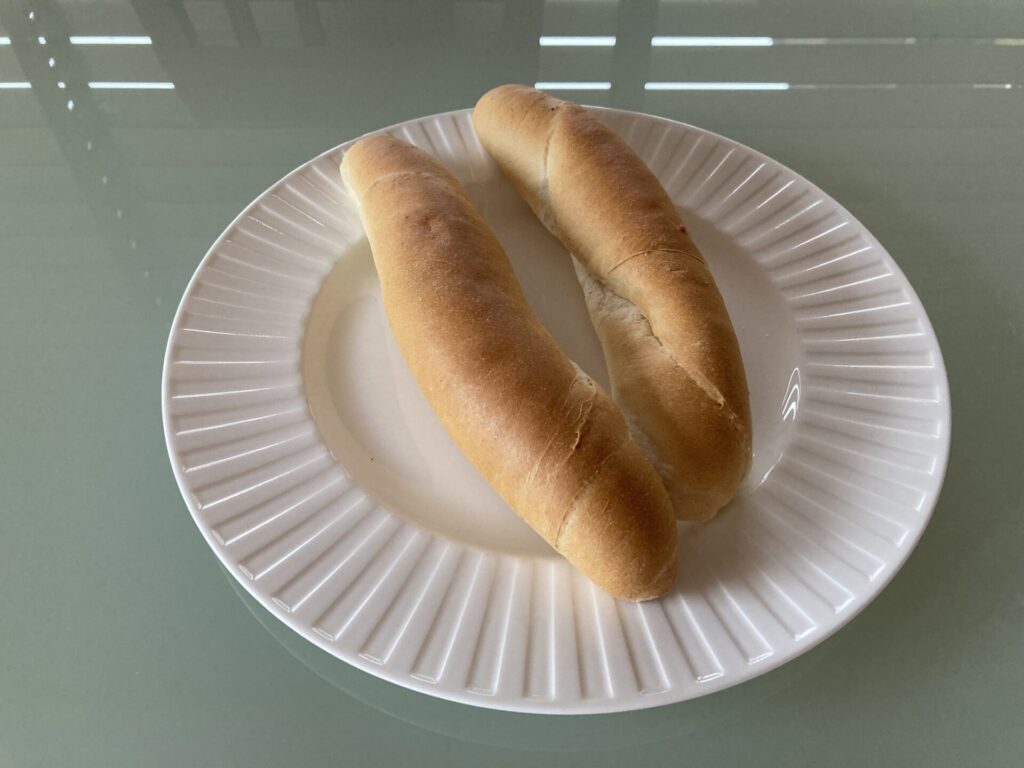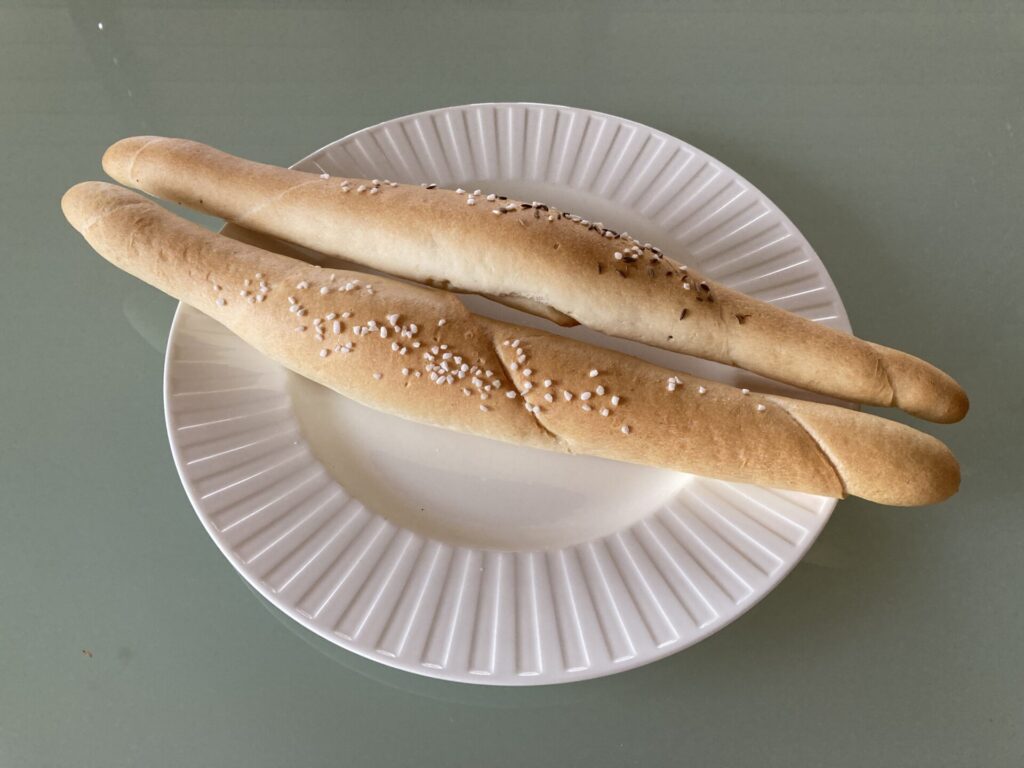The roll has an irreplaceable spot in Czech cuisine – estimates say that 4.5 billion rolls are eaten in the Czech Republic per year. Maybe that estimate is a bit overestimated, as it would mean that every Czech, including babies who don’t eat any rolls, eats 1.2 rolls every day – and that’s quite a lot. It is therefore indisputable that the roll is a traditional Czech food, even if its origin is not Czech.
There are two theories about the origin of these rolls. One of them says that in 1838, the retired artillery officer August Zang set up a bakery in Vienna. He named it Boulangerie Viennoise and started baking rolls similar to French croissants. It’s an interesting theory, all the more so because this retired artillery officer and then baker published the first issue of Die Presse daily in 1848, which is still published today.
We don’t know if it was really like that, but it is true that the shape of the roll is the same as that of the croissant. That is why the rolls were also called “loupák” (today, the word “loupák” refers to a sweet roll, not a salty one). The word “loupák” comes from the verb “loupat”, i.e. “peel”. And all Czech children know how great fun it is when you don’t eat a roll “normally”, but peel off the individual layers of baked dough from the hard skin to soft center.
A more romantic theory takes us further back to 1683, when the Ottoman Empire unsuccessfully attempted to besiege Vienna. This defeat marked the end of Turkish expansion into Central Europe and the rapid rise of the Habsburg monarchy. To celebrate this victory, a Viennese baker is said to have started baking pastries in the shape of the crescent moon, the symbol of Islam.
The word “rohlík” was probably derived from the Old Czech “rohel”, which meant “horned”. In the case of this pastry, it refers to the two curved ends. However, the salty variant of Czech rolls does not have to be curved, the roll can also be completely straight.

This was used in 1972 by Václav Masopust, a butcher from České Budějovice. While on vacation in Madrid, he saw for the first time what later became synonymous with Czech fast food, a kind of Czech equivalent of a hot dog. (The difference is that the pastry is not cut down the middle, but a hole is made in the top. A sausage soaked in mustard or ketchup is then inserted into that hole.)
And the “Czech hot dog” was born.












